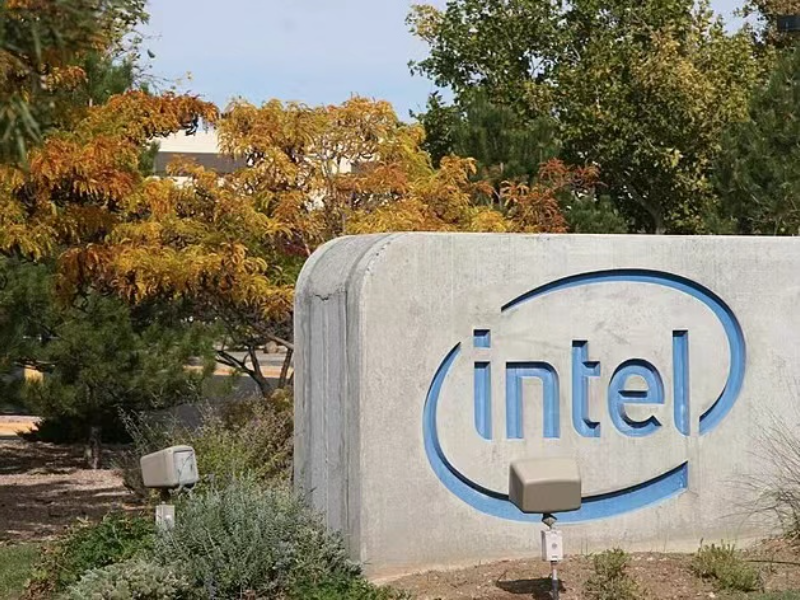- Intel’s software strategy is expected to reach $1 billion by the end of 2027, or sooner, with its services in AI, performance, and security.
- Intel’s audacious software play is promising, and its vision of an open-source future is a clarion call for collaboration and innovation.
OUR TAKE
By focusing on AI, performance, and security, and championing open-source initiatives like Triton, Intel is challenging Nvidia’s dominance in the AI chip market. This strategy could revolutionise AI development and position Intel as a leader in tech innovation. The market seems to be more prosperous and competitive.
–Ashley Wang, BTW reporter
What happened
Intel‘s foray into software is gaining momentum, with Greg Lavender, the chief technology officer, predicting the company could achieve cumulative software revenue of $1 billion by the end of 2027. Since being brought in from VMware in 2021 by CEO Pat Gelsinger, Lavender has guided Intel’s software strategy, boosting revenue beyond $100 million in his first year. Under his leadership, Intel has acquired three software companies and focused on providing services in AI, performance, and security.
In a separate development, Lavender noted significant demand for Intel’s upcoming Gaudi 3 chip, which could position the company as a strong contender in the AI chip market, currently dominated by Nvidia. Despite Nvidia’s control of roughly 83% of the data centre chip market in 2023, Intel aims to carve out a substantial share. Intel’s support for open-source initiatives is central to this strategy, aiming to build software and tools that power a wide range of AI chips.
One notable project initiated by Intel is Triton, an OpenAI-led initiative to develop an open-source programming language designed to enhance code efficiency across AI chips. Triton will support its next generation of AI chips. This project aims to level the playing field in the AI chip market, where Nvidia’s CUDA software has long kept developers tied to its ecosystem.
Also read: 5 thoughts from The Verge podcast about Ilya Sutskever, AI and Safe Superintelligence
Also read: 5 types of AI hardware driving tomorrow’s intelligent machines
Why it’s important
Lavender’s goal of reaching $1 billion in software and developer cloud subscription revenue highlights Intel’s strategic shift. The company, which generated $54 billion in revenue in 2023, offers a range of software services, including cloud computing and AI tools. This software push is essential for diversifying Intel’s revenue streams and represents a radical transformation for a company traditionally seen as a hardware behemoth.
The real intrigue lies in Intel’s battle against Nvidia’s iron grip on the AI chip market. Nvidia’s CUDA software has been the gatekeeper, binding developers to its ecosystem. But Intel’s open-source initiatives, like Triton, promise to “level the playing field”. By aligning with tech giants like Qualcomm, Samsung, and Arm Holdings, Intel is spearheading a movement that could dismantle monopolistic strongholds and ignite unprecedented advancements in AI technology.

